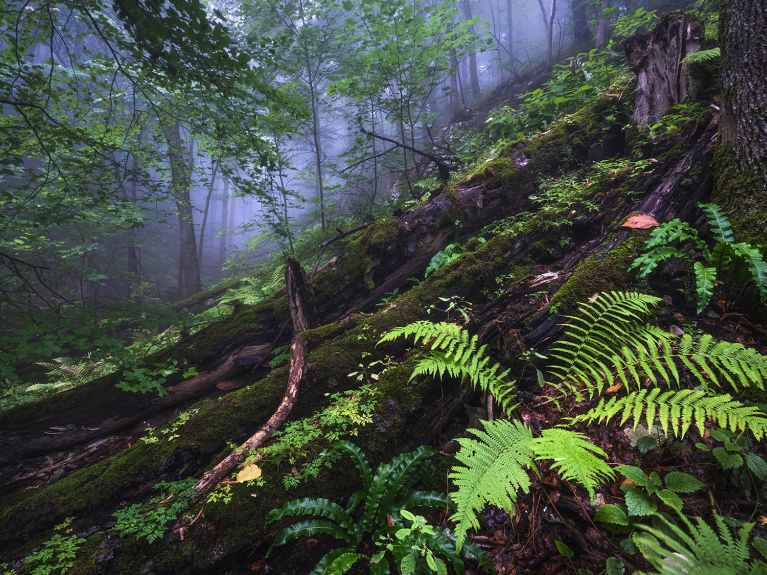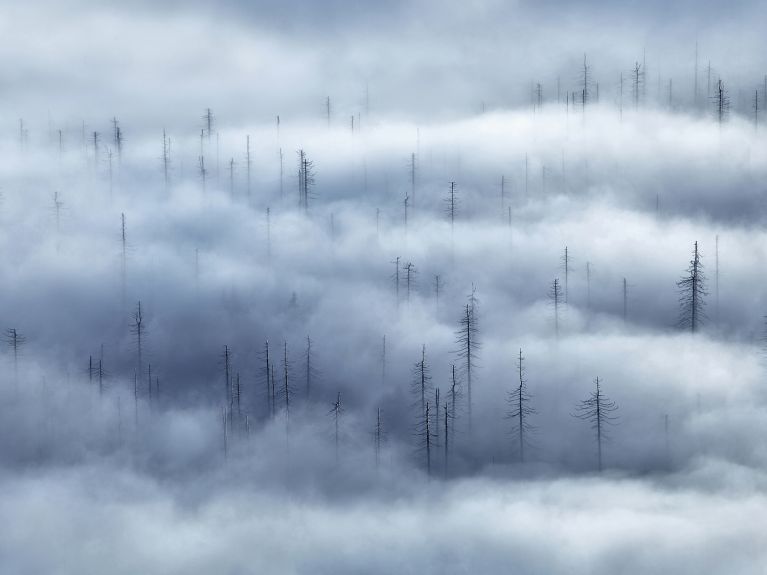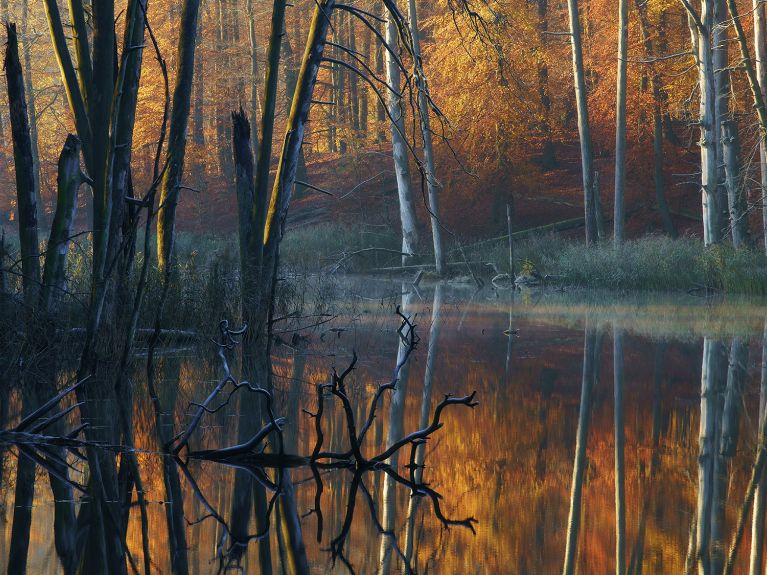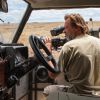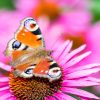Nature photography as a powerful tool
Kilian Schönberger has been observing the impact of climate change on nature since the 1990s. Through his photographs, he helps raise people’s awareness.

Kilian Schönberger worked in nature reserves even when he was a teenager. It was while studying geography at university that he developed a passion for nature photography. In his pictures he captures the beauty of nature – but he also documents the negative impact of climate change.

Mr Schönberger, how can photography raise awareness of how important nature is?
As a visual medium, photography is a powerful tool that can raise people’s sensitivity to their environment. After all, you’re more likely to want to protect areas you’re familiar with. Photography is an excellent way of making people aware of an ecosystem or a landscape that is worth protecting, Photographers can use differing visual styles to reach various target groups.
What does the aesthetic representation of the natural world have to do with conservation?
There’s a difference between scientific nature photography, which documents habitats and species, and aesthetic nature photography. In my photographs, I don’t just present the natural world, I also try to capture its mood. Atmospheric photographs of this kind enable me to reach people who are not touched by factual nature photography.
How important are social media in your work?
Social media are like fast food: an image has to instantly have a positive impact on the viewer. But using purely aesthetic photography, for example, it’s challenging to depict the negative consequences of climate change. So in order not to miss out on this important aspect, I need to know who my target group is and what visual codes this group is accustomed to. I need to see how I can make people aware of changes in the landscape in a way that motivates them to get to grips with the subject. For example: I’ve found out how to photograph forests infested with bark beetle so creatively that the images arouse interest in the people who view them.
What kind of changes in the landscape do you mean?
Since the mid-90s I’ve been studying different habitats in Germany closely and visiting them on a regular basis – such as the Bavarian Forest, for example. Changes in the climate are particularly noticeable there. Firstly, there are the drastic changes, such as the bark beetle issue: entire spruce forests are dying out and new mixed forests are emerging. But then there are also the small details: some species are retreating more and more, such as the adder or certain species of butterfly. Their habitat is becoming smaller. Meanwhile, other heat-loving species such as praying mantises or the green lizard are expanding their habitats.
Where in Germany is it still possible to find a lot of different species?
In thinly populated areas where there are low levels of human landscape use, it is possible to find pristine areas with high levels of biodiversity. By contrast, biodiversity is very low in densely populated areas where the landscape is used intensively. Hotspots of biodiversity in Germany include the national parks and also former military training grounds, which people avoid because of munitions contamination. These areas have a very high level of biodiversity.
How is it possible to promote biodiversity?
It’s vital to interlink biotopes and protected areas. For this purpose we need corridors to allow species to migrate between wild landscape areas. This has already been partially achieved with the green belt through Germany and Europe. This creates biotope networks that provide the natural world with open spaces, even in an environment that is used intensively by human beings.

